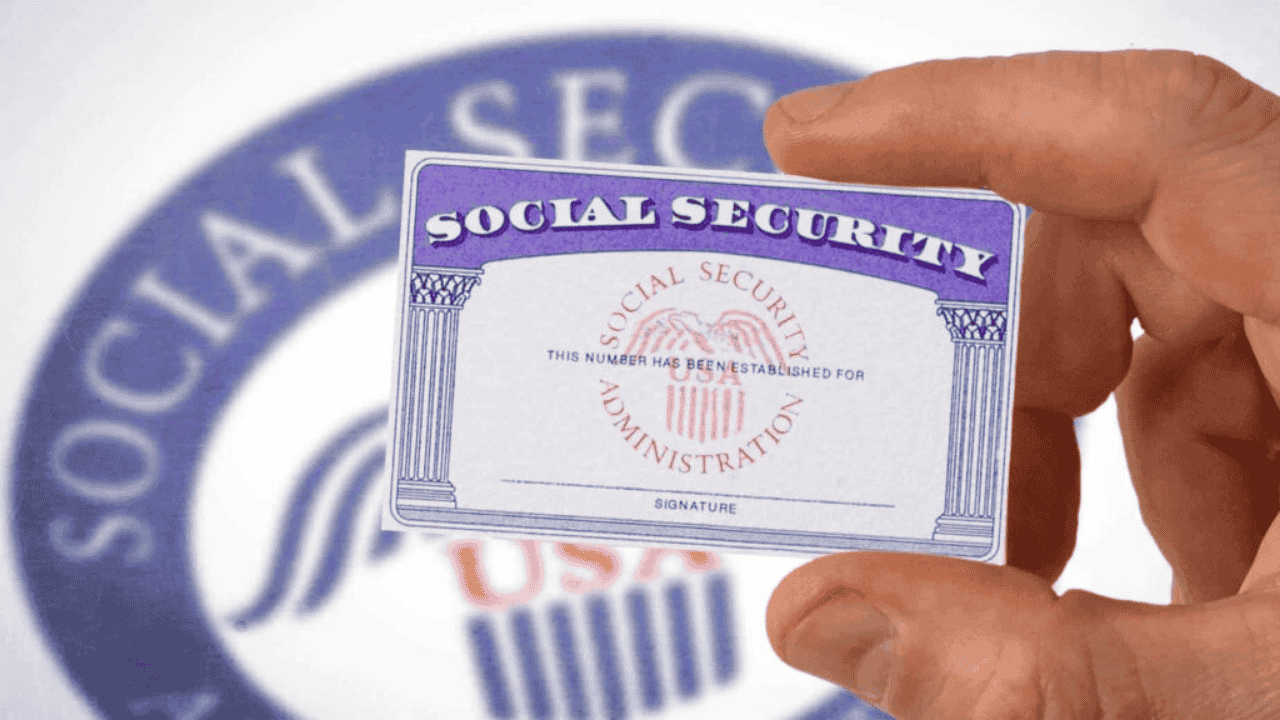Millions of Americans rely on Social Security for retirement, but not everyone qualifies—especially those without enough work history. Surprisingly, over 2.6 million people aged 60 and older in the U.S. fall into this category and are considered “never beneficiaries.” These individuals either didn’t work enough, arrived in the country too late, or were in jobs that didn’t contribute to Social Security. While this might sound like a dead end, it’s not. There are still valid ways to receive benefits even if you don’t meet the usual requirements.
Understanding why someone might not qualify is the first step. Many never beneficiaries are older immigrants who couldn’t earn enough credits after arriving in the U.S. Others took long breaks from employment for caregiving or personal reasons. Certain government workers or railroad employees are also left out because their jobs are covered by separate pension systems. Additionally, people who pass away before age 62 or live in restricted countries might be ineligible. These reasons highlight why it’s important to explore alternative ways to qualify.
Fortunately, the system does offer options for those who don’t meet the typical 40-credit rule. Whether through earning more credits, claiming spousal or survivor benefits, using international agreements, or applying for disability aid, you still have a chance. Tools like the SSA’s online estimators and international eligibility checkers can guide you toward finding the right solution. Planning early and understanding your options can make a big difference in securing your financial future.
How to Get Social Security Without a Standard Work History

Social Security typically requires at least 10 years of work—equivalent to 40 credits—to qualify for retirement benefits. As of 2024, you earn one credit for every $1,730 you make, with a maximum of four credits each year. If you haven’t worked long enough or your work wasn’t covered by Social Security, you could miss out.
Several groups often fall into this situation. Many are older immigrants who came to the U.S. later in life and didn’t have enough time to earn sufficient credits. Others took extended breaks from the workforce—especially caregivers or stay-at-home parents—resulting in credit shortfalls. Some employees, like certain state or local government workers and railroad staff, are excluded from Social Security because they have separate retirement systems. Additionally, a small number of individuals pass away before reaching retirement age or live in countries where payments are restricted.
Ways to Access Social Security Without the Required Work Credits
If you’re short on credits, don’t worry—there are still legitimate paths to receiving benefits:
- Continue Working: If you’re close to the 40-credit mark, working a few more years can push you over the threshold.
- Claim Spousal or Ex-Spouse Benefits: If you were married for at least 10 years and are now divorced, you could qualify for benefits based on your ex-spouse’s record—even if they don’t know and their own benefits remain unaffected.
- Use Totalization Agreements: The U.S. has agreements with over 30 countries that let you combine foreign work credits with U.S. ones. If you’ve worked both in the U.S. and abroad, this could help you meet the minimum requirements.
- Disability or Survivor Benefits: If you’re seriously ill or disabled, you may qualify for Social Security Disability Insurance (SSDI). Also, surviving spouses and children of eligible workers can receive benefits even if they themselves didn’t earn credits.
Be Proactive: Use SSA Tools to Check Your Eligibility
Knowing your status with Social Security can help you make informed decisions. The SSA website offers tools like:
- My Social Security Account: Check your credits, earnings record, and estimated benefits.
- Retirement Estimator: Get an idea of your future payments based on your current work history.
- Payments Abroad Screening Tool: If you’re living outside the U.S., this tool will show whether your country affects your benefit eligibility.
Even if you haven’t followed the traditional path to retirement, there’s hope. The Social Security system has built-in alternatives for people with non-traditional work histories or unique life circumstances. With a little planning and the right information, you can still build a secure financial future. Don’t assume you’re ineligible—check your options, take action, and make the most of what’s available.









